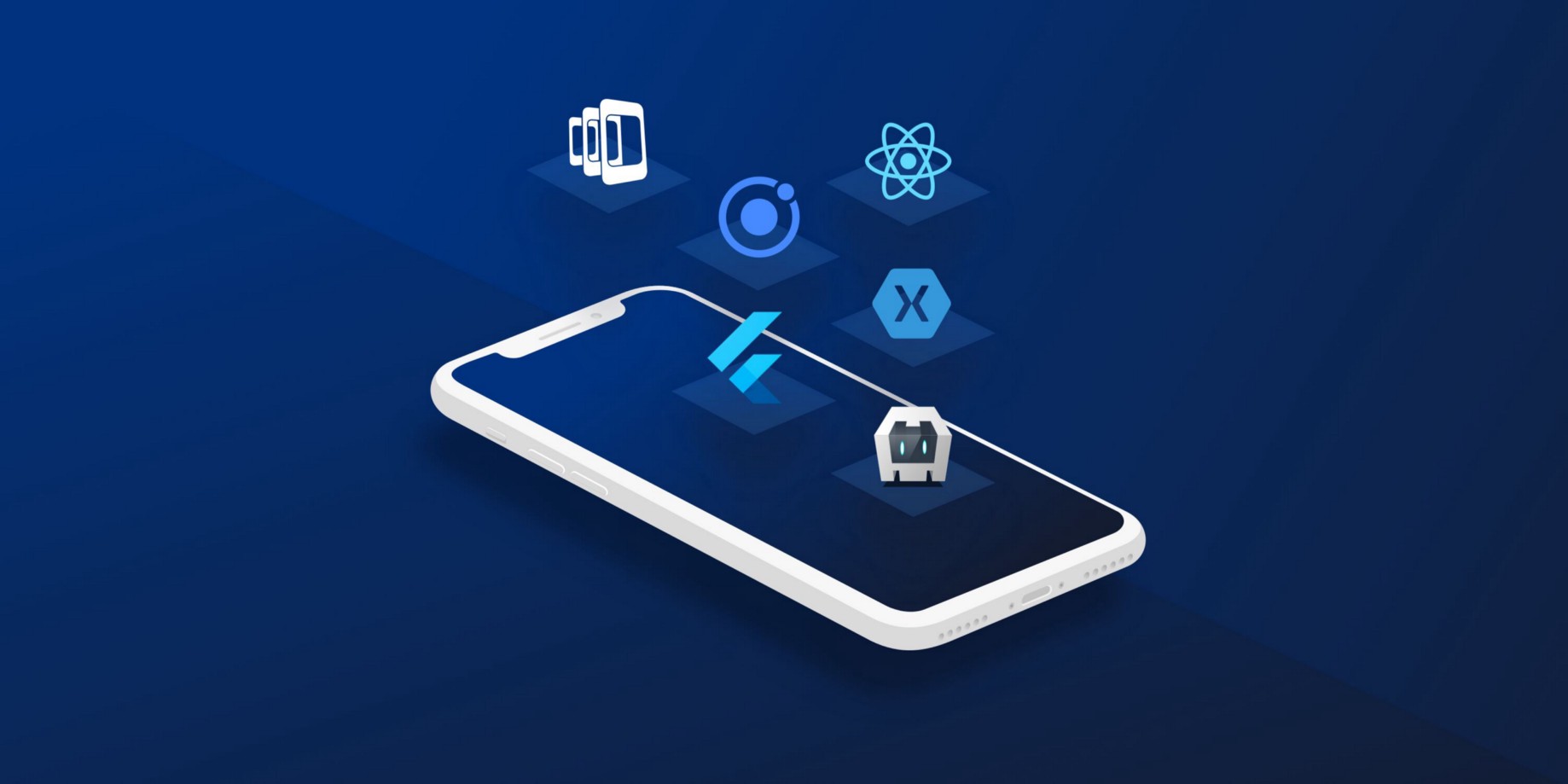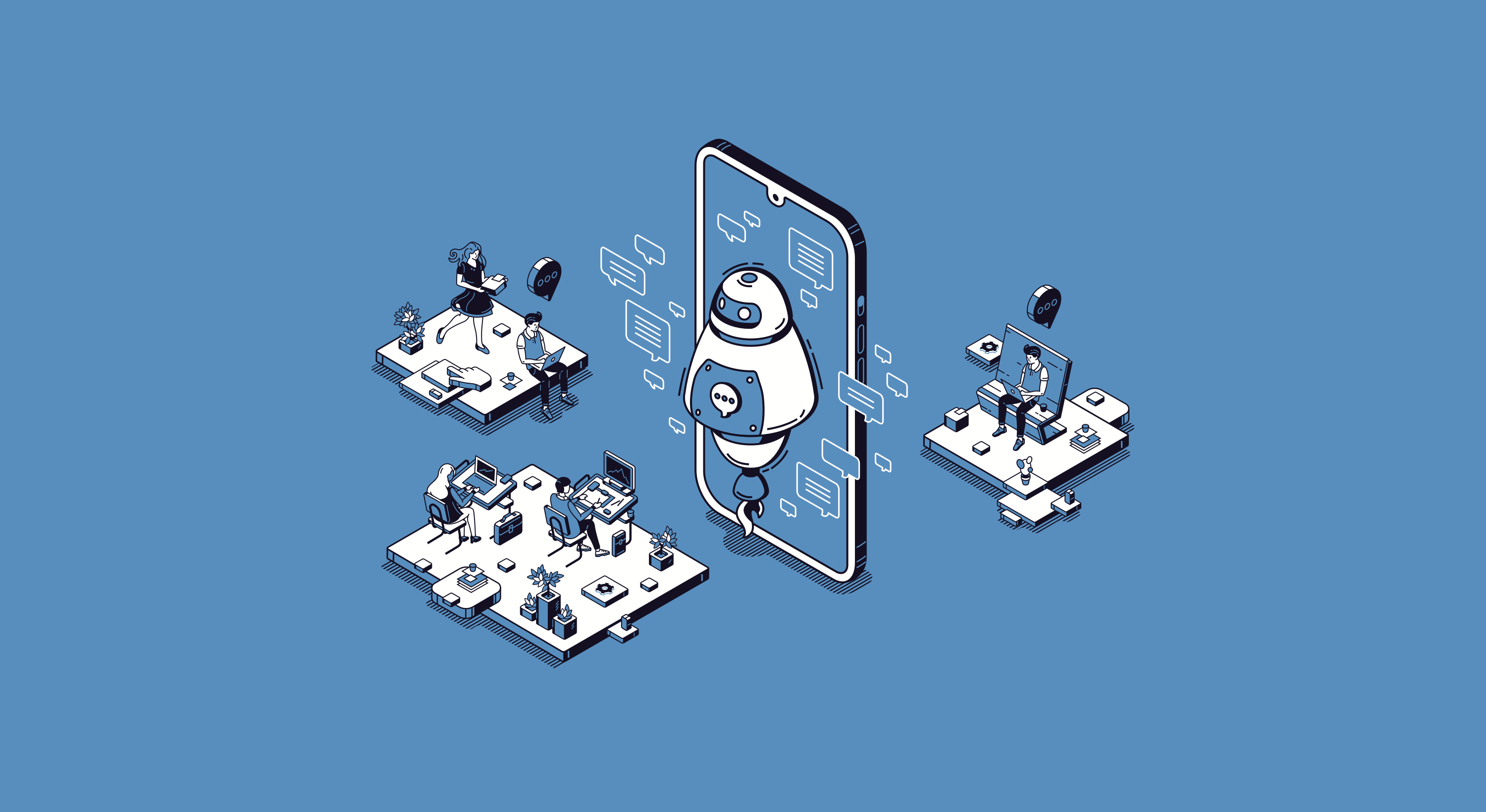Understanding Blockchain Development Process

Delve into the world of blockchain technology with our comprehensive guide. Learn what blockchain is, how it works, and the step-by-step process for developing blockchain solutions. Whether you're a beginner or an expert, uncover key insights and considerations for harnessing the power of blockchain in your business ventures.
What is blockchain?
In broad terms, a blockchain can be defined as an immutable digital ledger that records transactions and monitors assets, encompassing both tangible and intangible types, across a decentralized computer network operated by peers. The aforementioned transactions, referred to as blocks, are subsequently documented, duplicated, and stored on every network-connected server, called a node.
In contrast to conventional databases, which adhere to centralized record-keeping model (i.e., records are stored at a single location), a blockchain functions as a decentralized database managed by multiple participants. The ledger is replicated at each node within the network via the DLT. Moreover, anyone can volunteer to be a node in the network. The identification of any inconsistencies in the records can be accomplished through verification by the technology against the duplicates of the record held by the other participants. This feature effectively renders records within a blockchain impervious to tampering.
The real-time updates of blockchain provide all participants with access to a single source of truth, ensuring that each detail is accurate and reliable.
How does the blockchain development process unfold?
Developing a blockchain solution requires a significant amount of work and study, and its success is closely tied to the unique characteristics of your firm. However, irrespective of your requirements or goals, it is essential to adhere to certain fundamental stages for development.
Identify the niche for your business
A primary concern in blockchain development is the choice of a specific market or industry. The niche must provide a trustworthy platform for the innovative and applicable utilization of blockchain technology to generate value. Furthermore, a survey of the various applications of blockchain reveals that distributed ledger technology can be utilized in all sectors, including insurance, banking, intellectual property rights, and more.
However, it is crucial for organizations and developers to perform a thorough study of the current projects prior to initiating the development of blockchain solutions. Understanding that blockchain can address issues in the supply chain eliminates the need to develop a project specifically aimed at resolving blockchain-related challenges. Prior to initiating a blockchain development process, it is imperative to ensure that you possess a well-conceived and viable idea to proceed with. Carefully consider the potential of actualizing your idea before embarking on your blockchain development endeavor.
Appropriate workflow design for blockchain integration
Once a niche has been chosen, engineers must then focus on meticulously designing the necessary procedures for the project's blockchain development. You must have carefully and thoroughly considered to establish a certain market segment that can provide significant benefits to your customers. Simultaneously, selecting a certain niche can offer lucrative opportunities for significantly enhancing your revenues.
After confirming your intention to implement your idea in the chosen field using blockchain technology, it is important to carefully consider the practicality and viability of utilizing blockchain. Is the utilization of blockchain truly necessary for resolving the current issue? Occasionally, blockchain development initiatives commence with captivating and very thorough whitepapers that showcase stimulating pictures. Nevertheless, several projects experience sudden failures and closures primarily due to developers lacking a clear understanding of blockchain's use.
Hence, developers must establish an efficient workflow to discern the essential components required for blockchain development and those that are unnecessary. During various phases of the blockchain development project, developers must conduct assessment, formulation, and prioritizing to experiment with blockchain technology.
Simultaneously, the workflow design also highlights the choice between on-chain and off-chain corporate entities. Developers should utilize this period to enhance the new product development process by creating a detailed plan as an illustrative example. Establish specific timeframes for the release of various iterations, including alpha, beta, and final versions, associated with an application.
The main output in the second phase of developing blockchain solutions is a conceptual workflow of the proposed application, accompanied by a blockchain model. Developers must choose between permissioned and permissionless networks when deciding on the most suitable option for constructing the project.
Simultaneously, developers must also consider the choices pertaining to the front-end programming language. Developers are required to choose an external database and servers for their application. After the ideas and procedures have been prepared, you can proceed to the subsequent stage of the blockchain development process.
Proof of Concept
The proof-of-concept is essentially a demonstration of the practical capabilities of a blockchain project. A proof-of-concept (POC) can take the form of either a theoretical blueprint or a prototype. The process of generating a POC involves various stages that demonstrate the project's feasibility.
Theoretical groundwork is a crucial step in blockchain development as it demonstrates the effectiveness and feasibility of the product for end-users. Developers should create proposals to elucidate many parameters related to the project.
Another crucial prerequisite in this scenario pertains to the prototype, which aligns with the theoretical framework and incorporates input from stakeholders. The prototype should exhibit delineated sketches illustrating the information architecture, designs, tested goods, and mockups. The endorsement of the prototype is crucial for commencing work on the visual and technical components of the application.
New or Existing Blockchain
Prior to commencing the blockchain construction procedure, it is crucial to inquire whether you require an established blockchain or if you need to create a new one. If you choose to construct your own blockchain, be prepared for an extensive development process lasting several months. Developers need to navigate intricate procedures for designing nodes and instances of blockchain.
Simultaneously, they must ensure the strategic arrangement of various components, encompassing the reissuance and issuance of assets, as well as block signatures and several other considerations. In addition, developers must establish the application programming interfaces (APIs) in conjunction with the design interfaces for administrators and users. Furthermore, users must prioritize the choice of programming languages, servers, and external databases for the project.
The Choice between Public and Private
Developers often grapple with the decision of whether to use a public or private blockchain when designing blockchain initiatives. You must determine whether type of blockchain, either public or private, would be most suitable for your requirements. Public blockchains exhibit sluggishness, need significant resources, and incur high costs, although offering significant advantages in terms of transparency, autonomy, and trustless ecosystems.
The use of a Private Blockchain offers advantages in terms of cost savings and faster transactions, but it also has the disadvantage of restricted accessibility. It imposes restrictions on accessing and having privileges to review transaction history and create new blocks. In addition, private blockchain lacks sufficient transparency and anonymity compared to public blockchain. Hence, developers should be mindful of the enduring implications of implementing a blockchain system while making decisions at this stage.
Selecting a Consensus Mechanism
The significance of consensus mechanisms in building blockchain solutions is exemplified in any new product development process. The consensus method holds significant importance, particularly when it comes to public networks. It is essentially an algorithm that facilitates trust between autonomous individuals. The Proof-of-Work consensus protocol is widely adopted.
Other often used consensus procedures include Proof-of-Stake, Delegated Proof-of-Stake, and Proof-of-Authority. Other notable consensus processes include Proof of Elapsed Time, deposit-based consensus, and Byzantine Fault Tolerant consensus mechanisms. Every consensus method has distinct rules that determine how transactions are processed in your blockchain solution. Experts advise choosing an appropriate consensus mechanism based on the specific requirements of your use case.
Actual Development Work
Once you have chosen the crucial elements for blockchain solutions and meticulously mapped out each stage, it is time to commence the blockchain development process. APIs can be utilized to generate key pairs and addresses, carry out data authentication, execute auditing activities, and facilitate data storage and retrieval.
Consequently, you can get the needed functionalities in your blockchain system to offer convenience to end-users. Once the application is prepared for transitioning from the alpha release phase, your task is to deploy the application for end-users. Deployment mostly entails the act of installing apps into an existing application server that has already been established.
Furthermore, administrators should possess the capability to guarantee the deployment of the application to different resources via provisioning. After completing the provisioning process, you have the ability to host the application on the primary chain. Developers must also ensure that the program is adaptable to accommodate changes based on growing business requirements and objectives.
Final words
If you are looking out for a team of blockchain development experts to build a blockchain based application, our experts at Axalize can help you through every step of the development process.
How can we help? Connect with us today to explore the comprehensive suite of services that can help you achieve your business goals.


